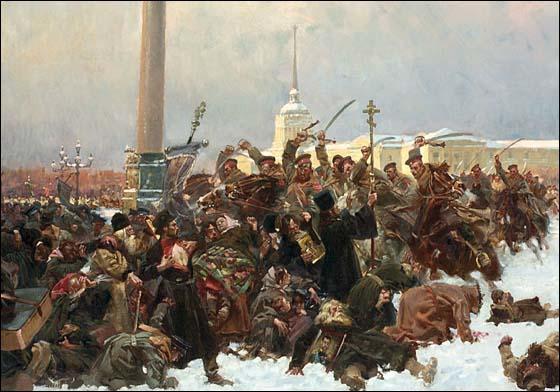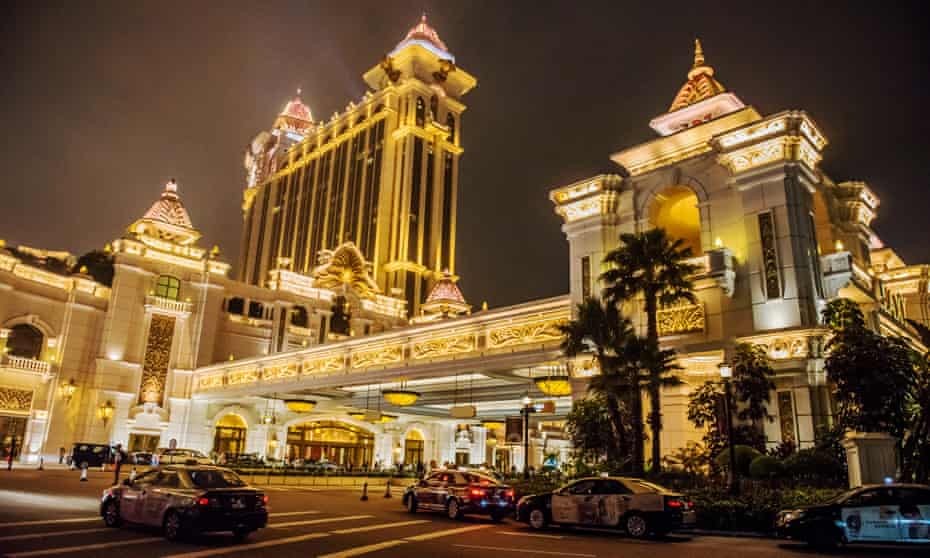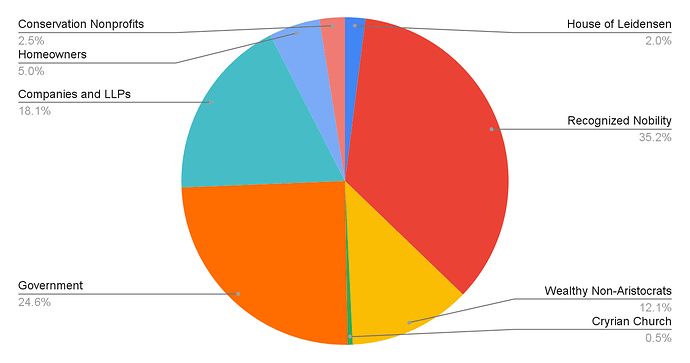6 July, 2021
Elves Keep Going Missing: What is Happening in Lielsta?
https://www.tapatalk.com/groups/the_east_pacific/download/file.php?id=603646
Lielsta — In the mountains of the Cryrian Highlands, a search party is coming together. Roughly a dozen men and women, all locals of the elven-majority Braiorvitl District and equipped with little more than flashlights and cellphones, this gathering is far from the only one to trawl the remote rural landscape in recent months. It is, however, the first to allow for any kind of media presence.
“She went missing nearly two days ago,” the leader, who still asked to not be named, said, “We usually don’t get warned this quickly, so we are still hopeful.”
She, in this case, is C’thevhest Ashaiocneh, a 40-year old resident of the District who vanished while driving alone to see family in the nearby village of Maarli. She is the latest in a long line of missing persons cases to plague the area.
“We’ve never even found bodies before,” our guide added as we set off through the winding mountain roads in a rickety truck, “This area is full of wildlife. Mountain lions, wolves, they’ll drag off a corpse quickly enough. But we’ve never found car wrecks either.”
According to National Police statistics, a total of twelve people have been classified as “Missing, Presumed Dead” in rural counties surrounding Lielsta over the past year. It is the highest rate in decades, and the missing have so far consisted entirely of younger elves, primarily women. Despite this, the spate of disappearances has failed to gather significant national attention, in large part due to the prevailing mistrust of national media by local elven communities.
“The National Police, they don’t really care about it. When one of us goes missing, we’ll report it, and they’ll just say she must be of drinking, [expletive]ing around, or whatever. A few weeks go by, they’ll write her off as dead, and that’s it,” the search team’s leader informs us, “We can’t rely on the authorities, so we’ve started organizing our own parties to go look.”
With a population of 300,000 living in the shadow of the Linnake Plateau, the Braiorvitl District is home to most Cryrian Elves, and makes up nearly half of Lielsta. Despite this, elves remain consistently underrepresented in the city’s government and law enforcement. As one of the oldest centers of native elven culture on the Cryrian Isles, the District has often been a target for human supremacist violence. As recently as the 1970s, locals tell us, it was considered to be dangerous for elves to leave the district alone.
“Of course it’s mostly younger ones who’ve been getting into trouble,” our guide would remark, “For a while, things were better, so they don’t remember how bad it could be to travel without a group.”
We are well off the main highway now, driving through the backcountry roads to Maarli before coming to a stop in the middle of the heavily forested Maarli Valley to search on foot. Someone at a local campground here had reported seeing Ashaiocneh, just a few miles from her destination.
For anyone who has lived their lives in the well-populated coastal plains of the Kingdom, this area is unimaginably empty, a world away from the highrises of Leidenstad or even the densely packed Lielsta Valley. It’s only pure luck that we were able to narrow down the search area, normally search parties like this one had been left trying to cover entire ranges of mountains and forests. If someone was going to go missing without a trace, it would happen out here.
“Every disappearance, it happens somewhere out here in the countryside,” our contact tells us, “Once you’re out of sight of the plateau, you’re in the wilderness, and if someone decides they want to do something to you… There is no safety. Only in the District, we can feel safe.”
Indeed, there is a claustrophobic, confined atmosphere in Braiorvitl District, as if it were still the ancient elven fortress that once stood nearby. Though it has greatly improved from the ghetto-like conditions of the early 20th century, it remains one of the most disadvantaged areas in the Kingdom, frequently scoring poorly on metrics ranging from education to income levels. Elves are also far more likely to be the victims of violent crimes than humans, although exact numbers are difficult to determine due to widespread underreporting and chronic mistrust towards law enforcement and census takers.
We meet up with others from Maarli and break into three groups of about half a dozen each to search along the road and in the woods. After hours of walking, the sun is dipping behind the peaks, and we meet back up. Nobody has found anything, and the drive back to Lielsta is silent.
The National Police declined to be interviewed about the disappearance cases, stating that it could not comment on ongoing investigations, but saying that “The National Police are cognizant of the targeting of elven communities, and we will continue to pursue all available means to protect all Cryrian citizens.”
“If there is one truth I know, it is that the government, the National Police, the SÄPO, they will never act. Not for us. Which is why we must protect ourselves, however we can. Whoever has been committing these crimes, stealing our people, they can’t hide it forever,” our guide said in his parting words, “I want them to know this. We will come to know them.”








